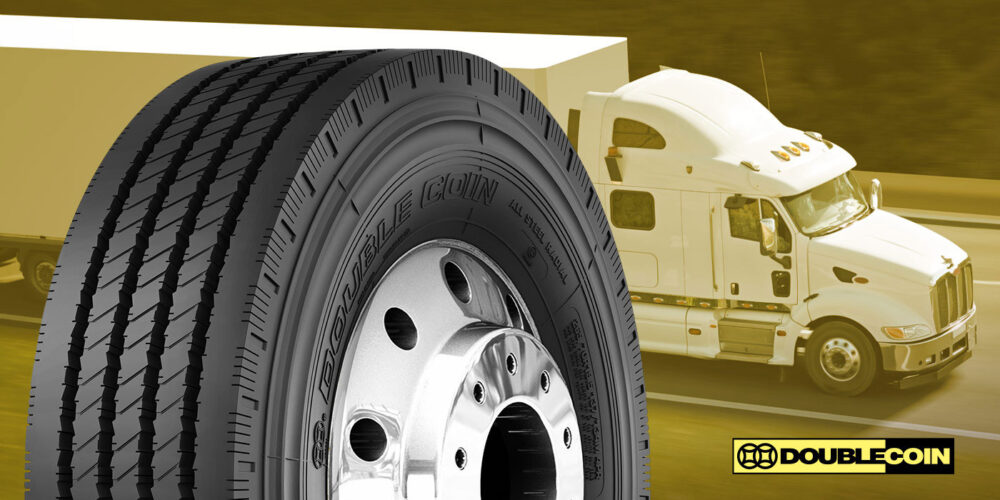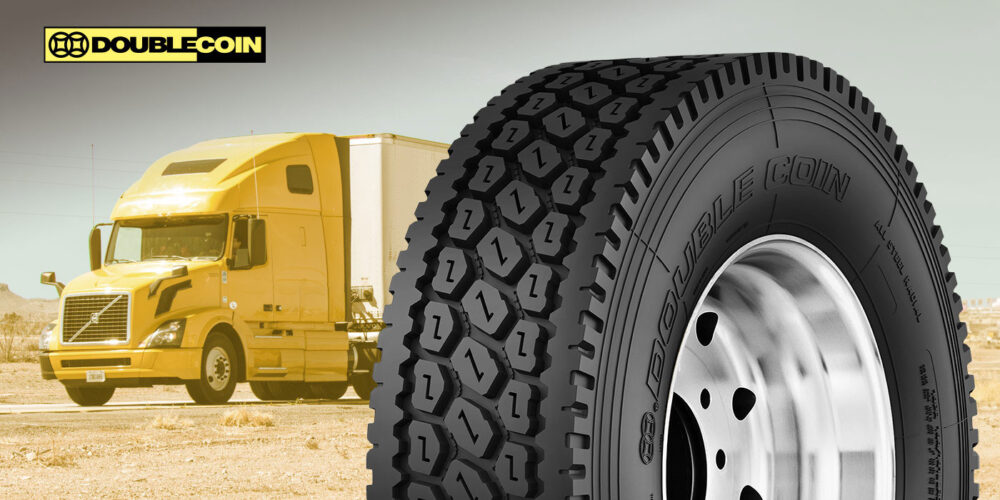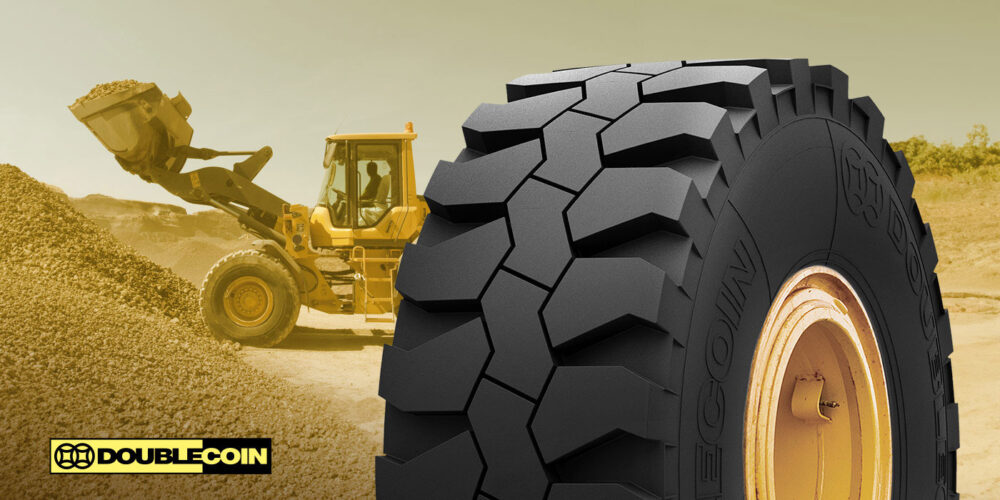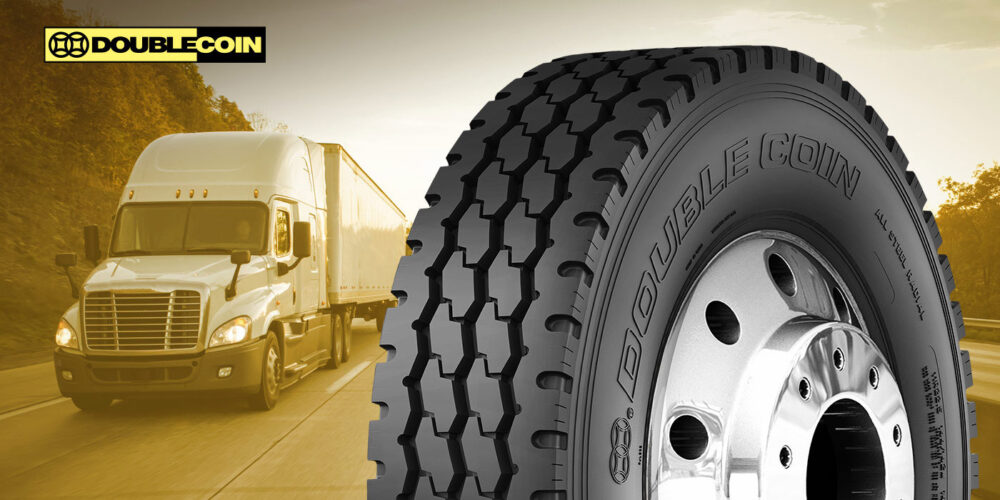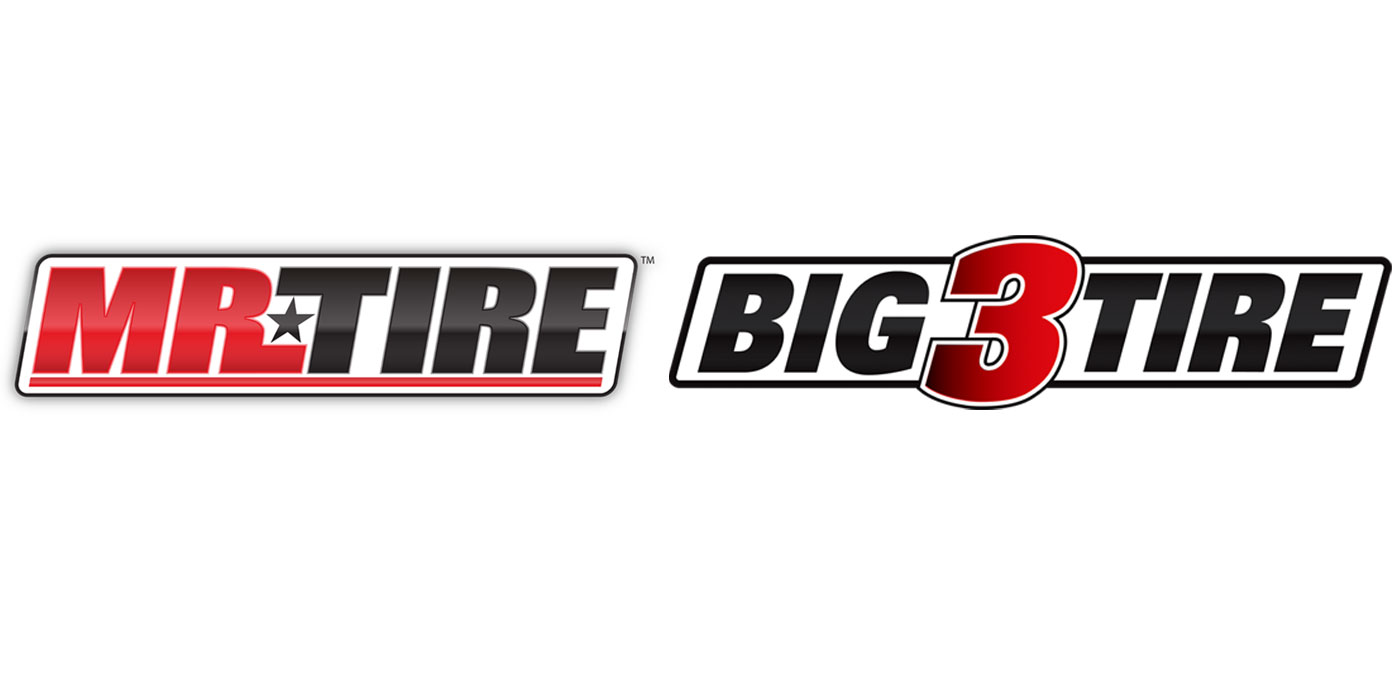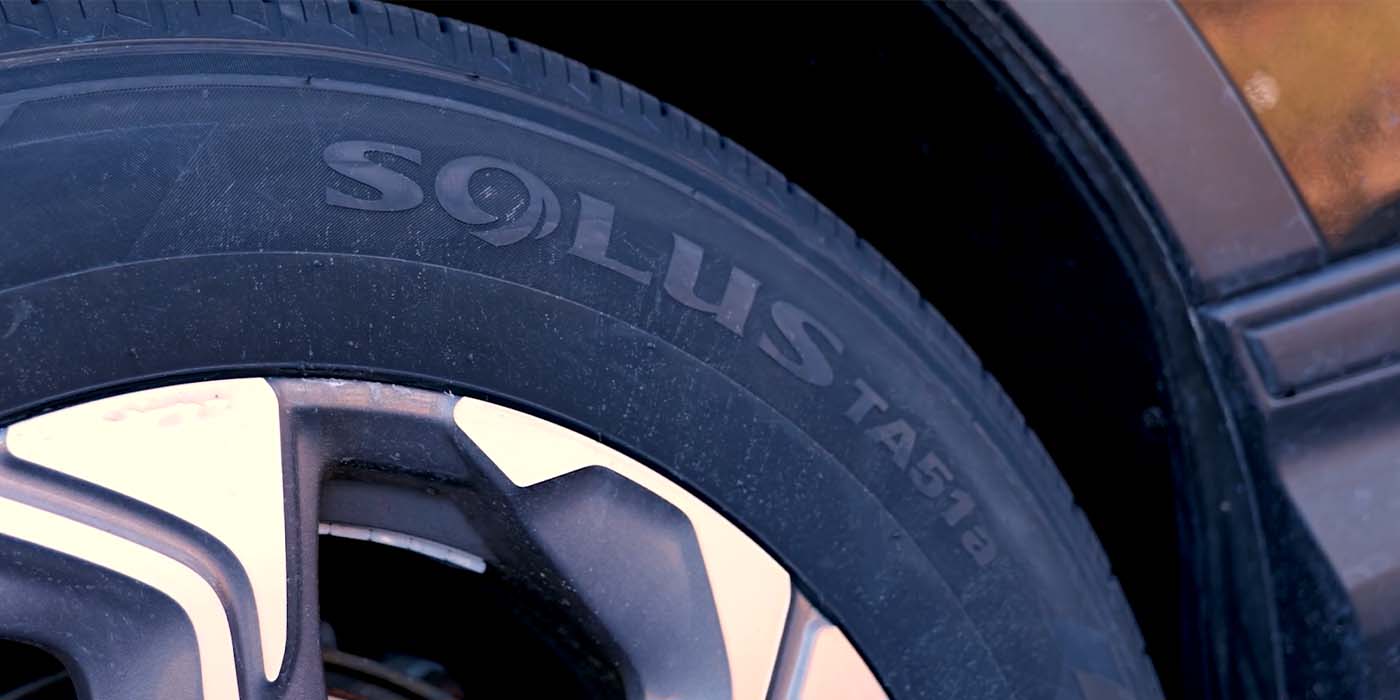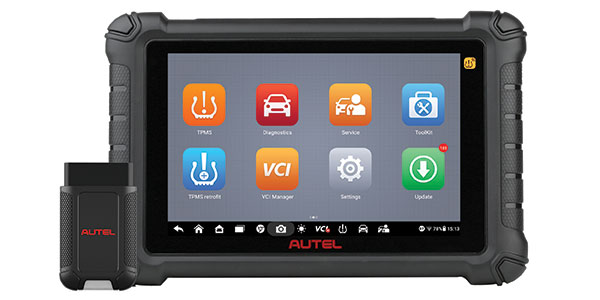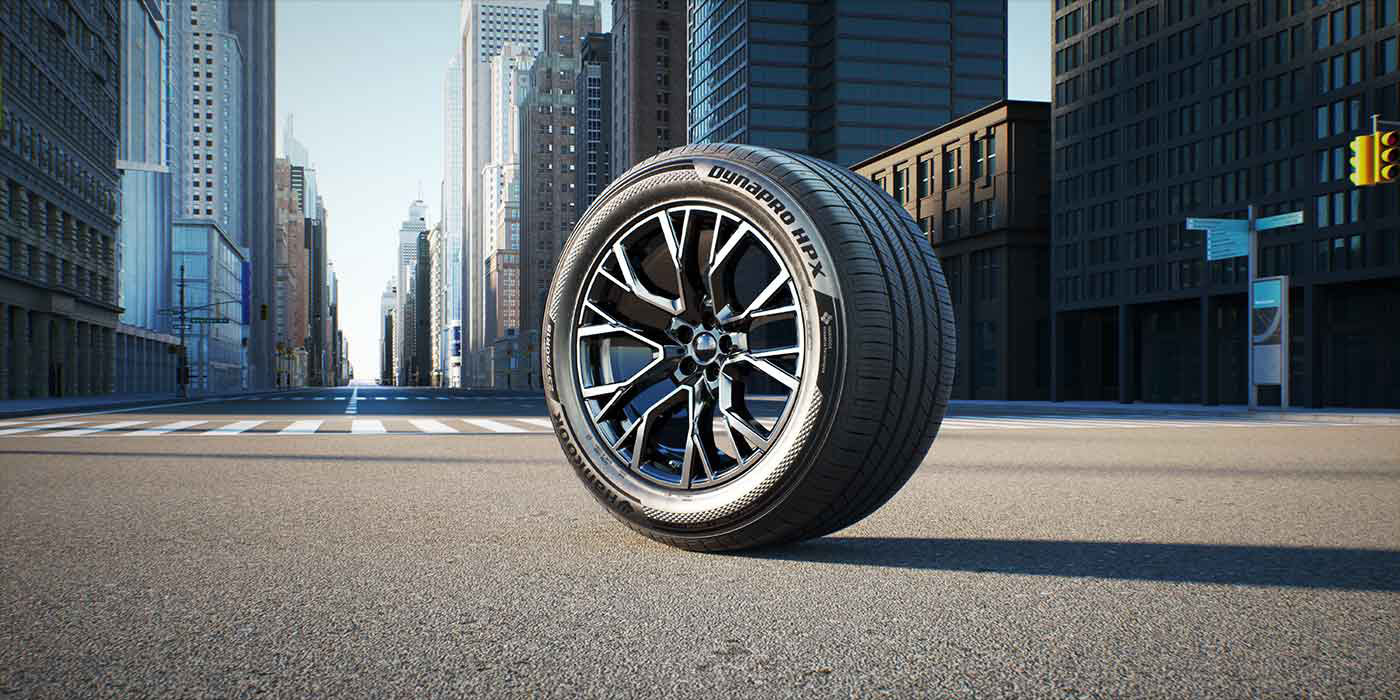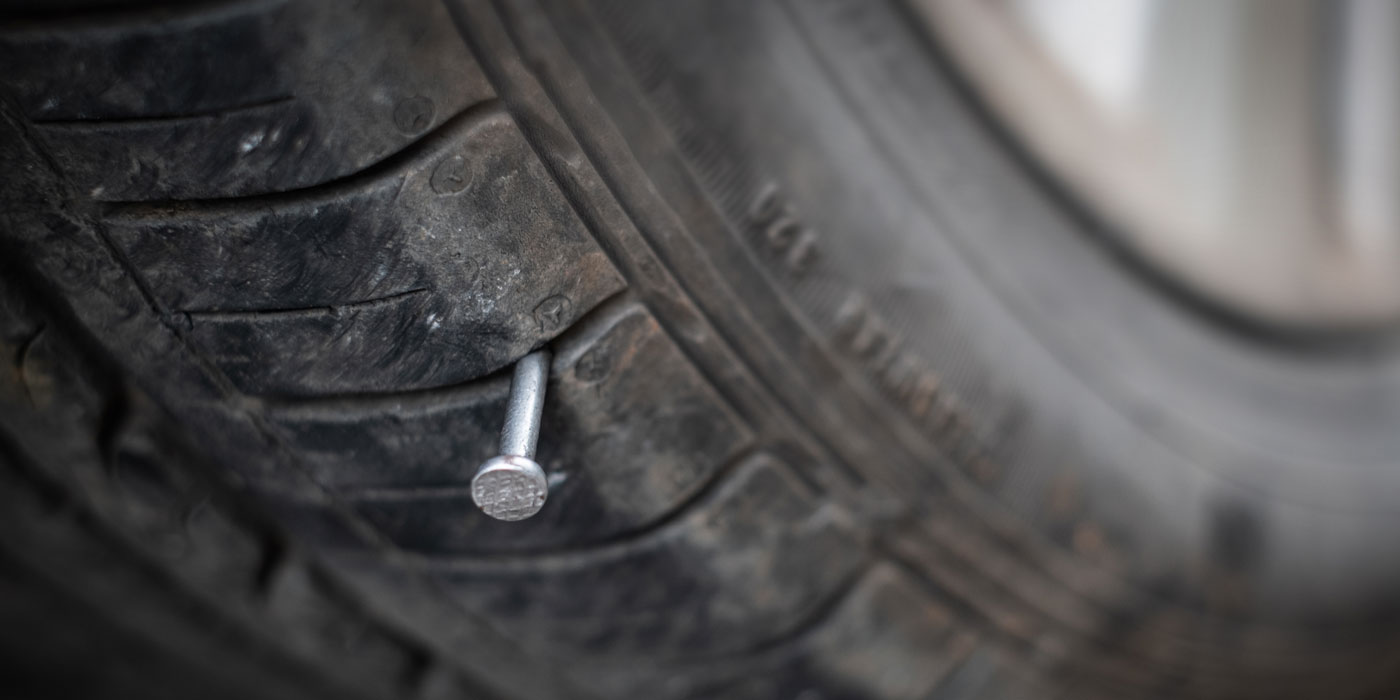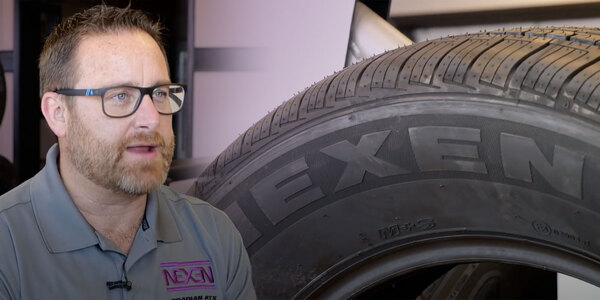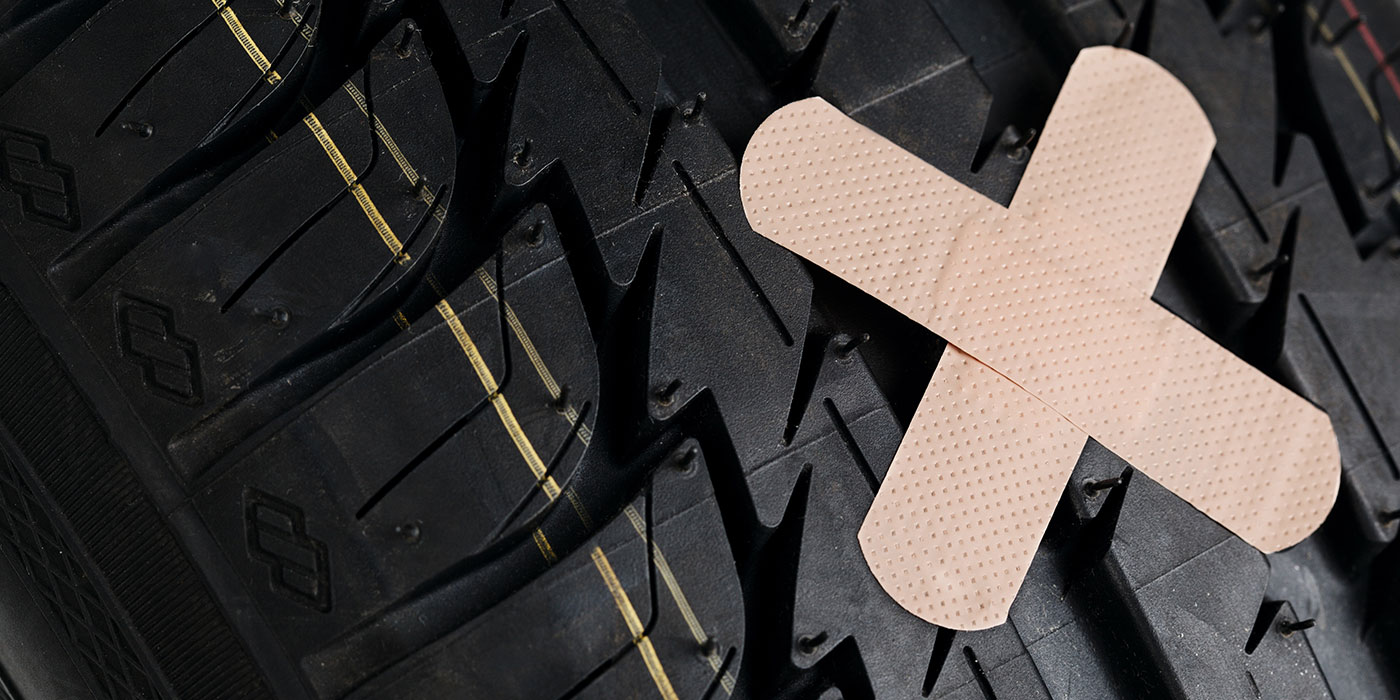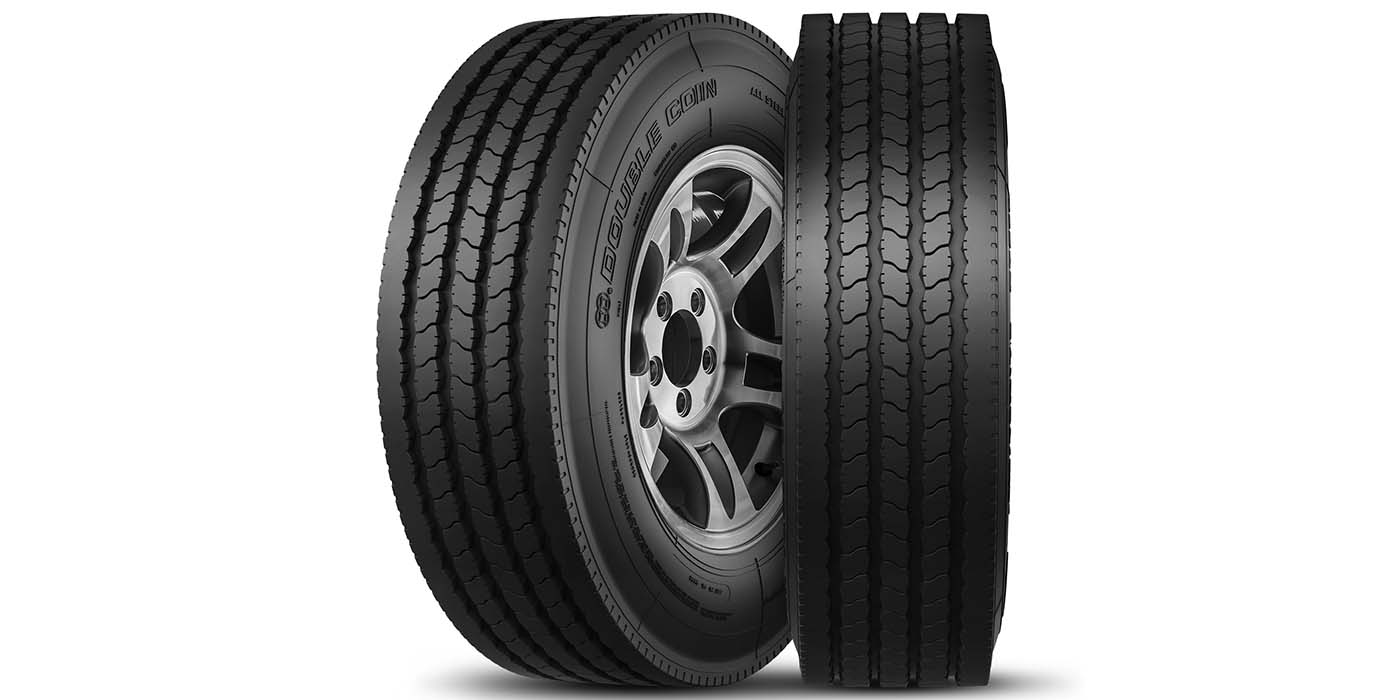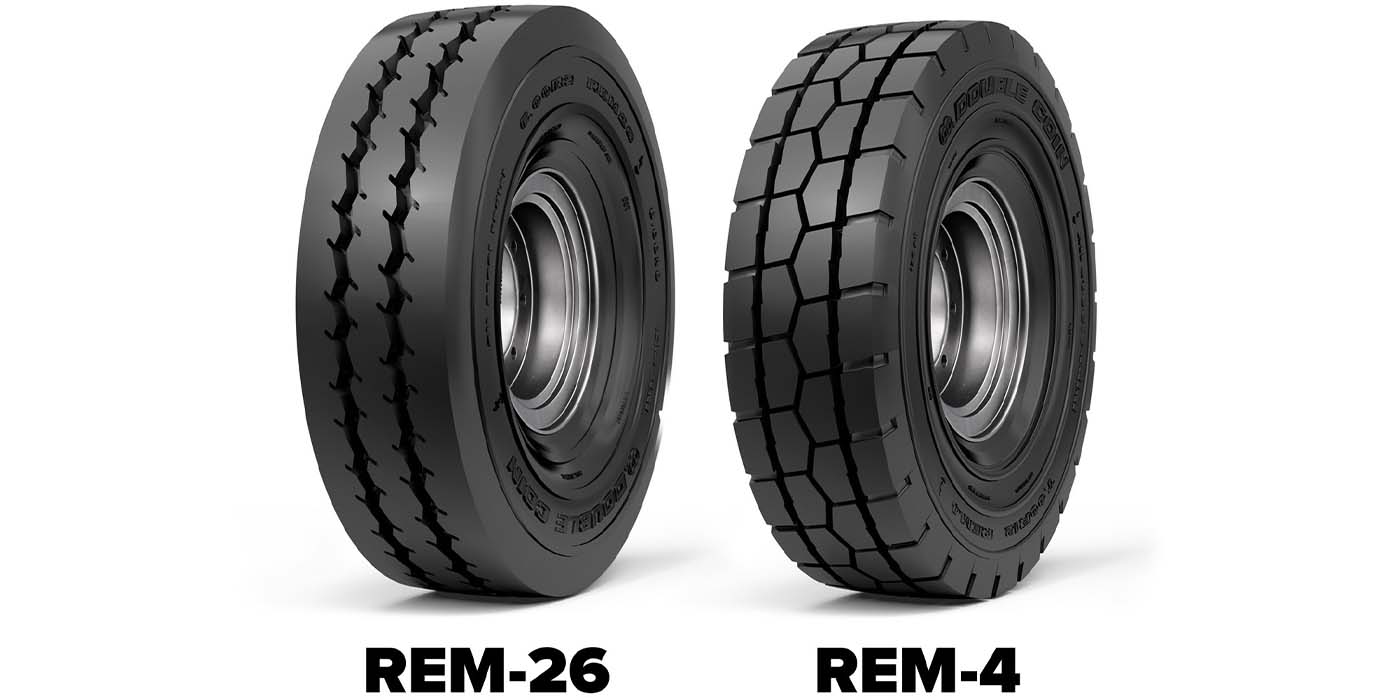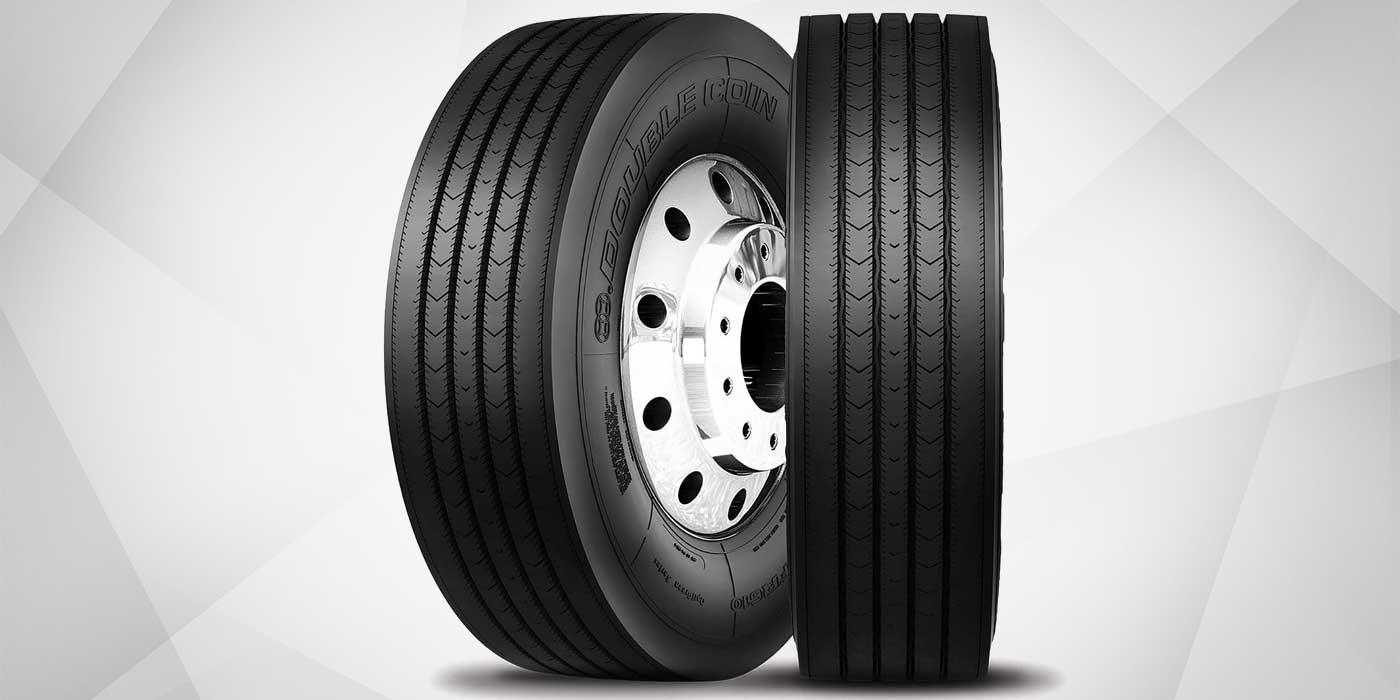Tire construction plays a critical role in optimizing attributes like wear, rolling resistance, load distribution, traction and durability. It also varies significantly depending on the intended application. Some tires, like those in urban settings, require rugged rubber compunds, which emphasizes durability over fuel economy, especially well-suited for challenging urban delivery settings. Meanwhile, tires in an OTR setting deliver improved fuel economy, heightened grip and enhanced flexibility.
Aaron Murphy, senior vice president at Double Coin, and Tony Cresta, director of product management, explained how tire construction plays a pivotal role in shaping tire performance.
Designing Tires for Specific Applications
From long-haul trucks traveling highways to urban delivery vehicles navigating busy and tight city streets, different applications require unique tire construction to optimize performance.
“Tires used in urban or pickup and delivery environments require more durable treads to fight the high scrub, twisting and turning, thus, you would see more synthetic rubber in the tread compounds of our tires,” Murphy said.
Murphy explained that natural rubber, while an excellent conductor of heat, lacks the durability of synthetic rubber; on the other hand, synthetic rubber is more robust but dissipates heat less efficiently.
Double Coin’s RT600 all-position tire exemplifies this approach. This tire boasts a particularly durable tread compound, prioritizing longevity over fuel efficiency, making it ideal for demanding urban delivery environments.
For commercial fleet tires, attributes like longevity, durability, and even wear patterns are essential. These tires must endure various road conditions and deliver cost-effective performance over time.
Murphy emphasized the importance of retreadability in commercial truck tires.
“Building a tire that holds up to the environment it operates in is important, but the next step is just as critical. Construction of a casing with durability factors that would allow it to take one, two, three or more retreads allows the fleet to utilize the asset longer and drive down maintenance costs. Double Coin’s RLB400 is a great example of this,” Murphy said. “This tire offers long original mileage, thanks to deep original tread depth, and stands up under multiple retreads, which we warranty with our seven-year / three retread guarantee.”
Tailoring Tire Construction for Agricultural and Construction Equipment
The world of agriculture and construction equipment presents a unique set of challenges for tires. According to Cresta, load distribution, traction and soil compaction are pivotal factors, and here, tire construction varies significantly.
“Radial and bias tires have different strengths based on their construction,” he continued, “Bias tires are known for their rigid sidewalls due to the cross-ply construction, while our radial tires offer better operator comfort and tread life.”
Double Coin’s Off-The-Road (OTR) tires are characterized by all-steel radial construction, a choice that offers fuel efficiency, increased traction and enhanced flexibility and strength for impact and shock absorption.
A prime example of Double Coin’s radial tires excelling in traditionally biased applications is the REM-3 skid steer tire. This tire, which Cresta said is designed for challenging and abrasive working conditions, combines the benefits of a premium radial tire with increased tread life. By having both radial and bias tires in its lineup, Double Coin can deliver the right tire for the right application every time.
Listening to the End-Users
To refine and enhance tire construction methods, gathering feedback from dealers and end-users is invaluable to the company. At Double Coin, the majority of tires are sold through servicing dealers to fleet customers, fostering a close relationship between the manufacturer and end-users.
According to Murphy, this feedback loop extends beyond just performance and retreadability – it includes factors like design and size needs.
“We review not only performance and retreadability but design and size needs for vehicles by listening to the customer,” Murphy said. “One example of this development is the 12R24.5 RR706 refuse tire that was designed after listening to a niche need prevalent in the northeastern US.”
Double Coin collaborated with dealers in that region and developed the special size, 12R24.5, which is primarily used on inter-city waste and garbage trucks. Durability, high-scrub twisting and turning as well as torque from stopping and starting frequently were attributes that the tire needed to exhibit– and it must retread. Collaboration with dealers allowed Double Coin to develop the RR706 tire to meet their needs.
At its core, tire construction is a collaborative process that draws insights from end-users and dealers to ensure that tires are perfectly suited for their intended roles on the road. Double Coin’s commitment to innovation and customer-driven design exemplifies how tire construction is a key driver of tire performance and durability for its tires.
Sponsored by Double Coin Tires.

